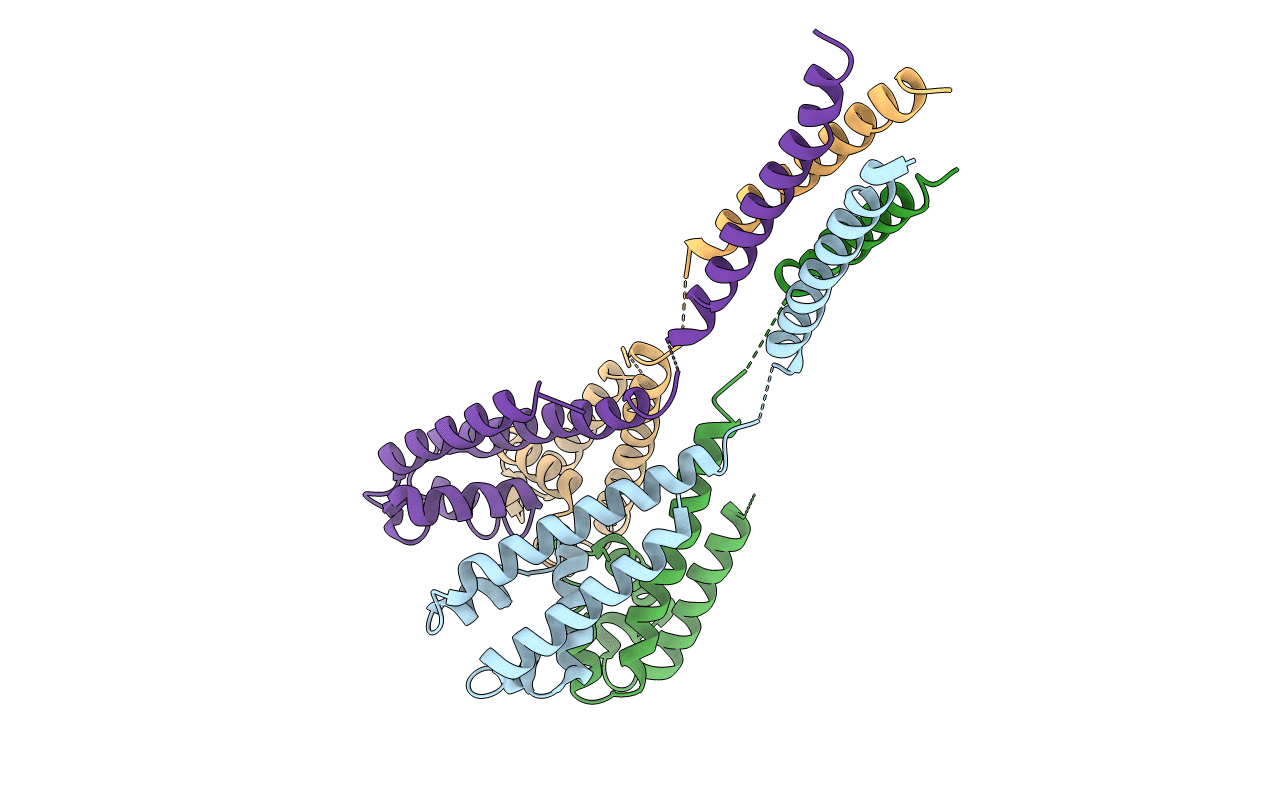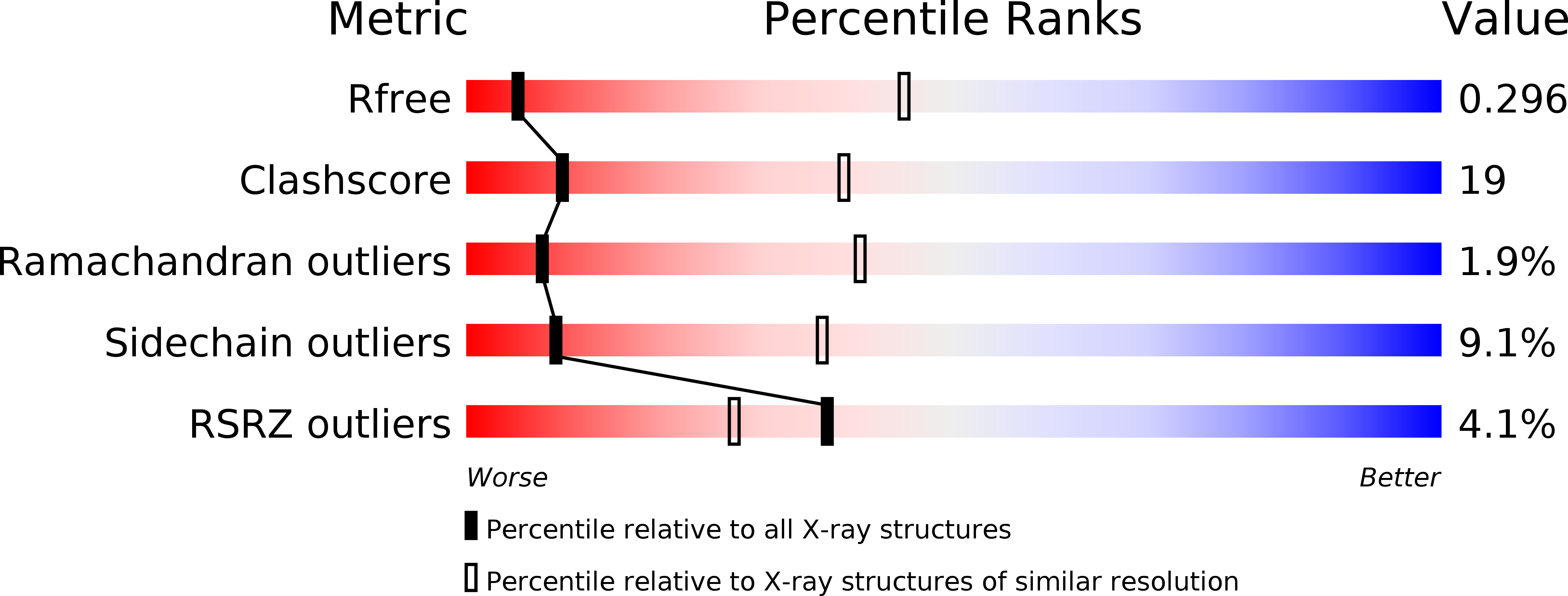
Deposition Date
2016-01-13
Release Date
2016-03-09
Last Version Date
2023-09-27
Entry Detail
Biological Source:
Source Organism:
Alkalilimnicola ehrlichii (Taxon ID: 351052)
Host Organism:
Method Details:
Experimental Method:
Resolution:
3.70 Å
R-Value Free:
0.30
R-Value Work:
0.27
R-Value Observed:
0.27
Space Group:
I 2 2 2


